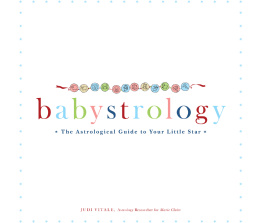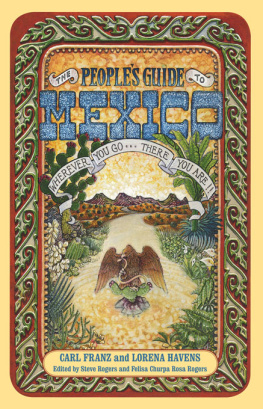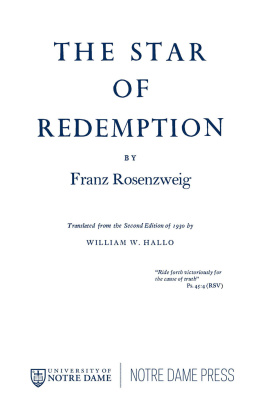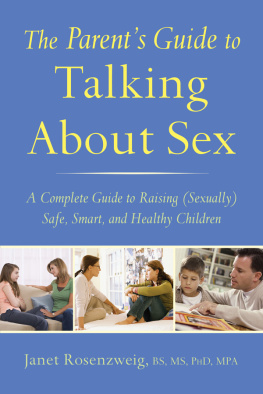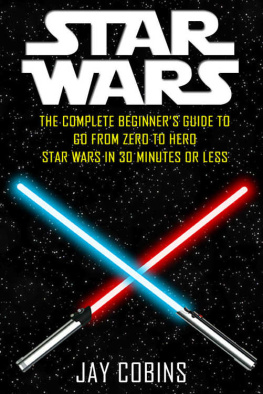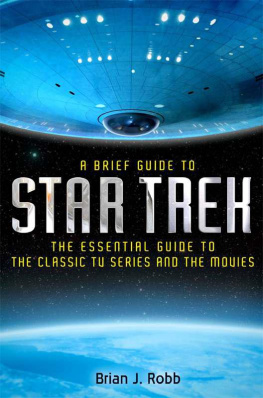A Users Guide to Franz Rosenzweigs Star of Redemption
ROUTLEDGE JEWISH PHILOSOPHY SERIES
Series Editor: Oliver Leaman
It is the aim of this series to publish books in the general area of Jewish philosophy. A broad interpretation will be taken of what Jewish philosophy comprises, and the series will be interested in receiving proposals which involve a philosophical treatment of a Jewish thinker or topic, or which look at some aspect of Jewish cultural life from a philosophical perspective.
MEDIEVAL JEWISH PHILOSOPHY
An Introduction
Dan Cohn-Sherbok
FACING THE OTHER
The Ethics of Emmanuel Levinas
San Hand
MOSES MAIMONIDES
Oliver Leaman
A USERS GUIDE TO FRANZ ROSENZWEIGS STAR OF REDEMPTION
Norbert M. Samuelson
A Users Guide to Franz Rosenzweigs Star of Redemption
Norbert M. Samuelson
First Published in 1999
by Routledge
2 Park Square, Milton Park,
Abingdon, Oxon, OX14 4RN
Transferred to Digital Printing 2010
1999 Norbert M. Samuelson
Typeset in New Century Schoolbook by LaserScript Ltd,
Mitcham, Surrey
All rights reserved. No part of this book may be reprinted or reproduced or utilised in any form or by any electronic, mechanical, or other means, now known or hereafter invented, including photocopying and recording, or in any information storage or retrieval system, without permission in writing from the publishers.
British Library Cataloguing in Publication Data
A catalogue record of this book is available from the British Library
Library of Congress Cataloguing in Publication Data
A catalogue record for this book has been requested
ISBN10: 0700710639 (hbk)
ISBN10: 0415592542 (pbk)
ISBN13: 9780700710638 (hbk)
ISBN13: 9780415592543 (pbk)
Publishers Note
The publisher has gone to great lengths to ensure the quality of this reprint but points out that some imperfections in the original may be apparent.
For Hava
To whom I owe the leaping delight
That quickens my senses in our wakingtime
And the rhythm that governs the repose of our sleepingtime,
The breathing in unison (T.S. Eliot)
Contents
PART I
THE ELEMENTS, OR THE EVERLASTING FORE-WORLD
PART II
THE COURSE, OR THE ALWAYS-RENEWED WORLD
PART III
THE STRUCTURE, OR THE ETERNAL OVER-WORLD On the Possibility of Entreating the Kingdom
T his book is intended to guide readers through Franz Rosenzweigs Star of Redemption. The readers whom I have in mind are people who have minimal background in German literature, philosophy and Judaica who, nevertheless, want to understand this work because it is a great work of philosophy and modern Jewish religious thought and modern German religious thought. This guide is a linear commentary on the text modeled in many respects on traditional rabbinic linear commentaries on other major Jewish literature. In this context, I intend my commentary to be simple, and not complex either philosophically or historically. In traditional Jewish terms, the concern of the commentary is to present the PASHAT (simple meaning) of the text, and not REMES (what the text alludes to), DeRASH (how the text may be applied to contemporary situations), or SOD (what the text may mean at a deeper conceptual or spiritual level). As in the case of traditional commentaries, my assumption is that the reader will read my book together with Rosenzweigs Star. The Star itself is divided into three major parts, each of which contains three books, each of which is divided into titled subsections. The commentary in this book consists of summaries of the propositional content of these subsections together with transitional remarks that locate the section logically within the whole Star in relationship to the subsections that both precede and proceed the subsection under discussion. To ease the readers correlation of this commentary with the Star, every subsection of the commentary has the same title as the subsection(s) summarized.

Over the course of some twenty years I invited a number of my graduate religion students at Temple University to join me in reading, in the original German together with William Hallos English translation, Franz Rosenzweigs Star of Redemption. We would meet for two hours once a week at my home. The number of students involved ranged from three to six, but never more. Each student made a commitment to read the text in advance and to come every week for at least a single semester. Some of the students attended for only one or two semesters, but the majority of them read the text with me for two or more years. They varied in background. Some were German and some knew considerable German literature, and/or theology, and/or philosophy; others were Jewish and knew considerable rabbinic literature and/or Jewish philosophy. Some were American Christians and knew considerable analytic and/or process philosophy, and/or American Christian theology and liturgy, and/or Asian philosophy. All of these backgrounds were relevant to understanding the words of the Star, but no one involved in the study had all of this background, and different combinations of expertise were available to the group in different semesters.
The structure of the groups for both decades was the same. We would begin reading where we had left off the week before. All of the students had general familiarity with Rosenzweigs Star from their previous studies, either with me or other faculty before they came to Temple University. We would read a paragraph in German and English and then discuss what it means. After the discussion I would summarize what the paragraph says and note critical questions. We would discuss my summary until everyone agreed that it was an adequate statement of the paragraphs conceptual content. Then we would move on to the next paragraph. On an average we covered in this way one to two pages a session. After each group session I would take my paragraph summaries and type them into a file in my computer. At the end of a chapter of study I would look over my summaries and structure them in outline form. I would do the same again when we finished an entire book. At the beginning and end of each semester I would print out a copy of this outline for the students, the content of which would be the topic of discussion in the first and last group meetings of each semester. In this way, over the course of two decades, I accumulated a complete outline of the Star, paragraph by paragraph.
This book is essentially that outline written out as sentences in paragraphs and sections. In general each paragraph and section of my book follows the order of Rosenzweigs Star, but there are a few cases where the order is changed, either because certain paragraphs go logically with other paragraphs that are not directly connected in the Star or because certain paragraphs form a single conceptual statement that is best summarized in a single paragraph. But over all the structure of my commentary follows Rosenzweigs order of presentation. It should not be difficult for readers to see where my structure differs from Rosenzweigs order, but, in order to help them keep track, I use Rosenzweigs paragraph and section titles when I discuss the content of those paragraphs and sections. My book should be intelligible even without reading the





